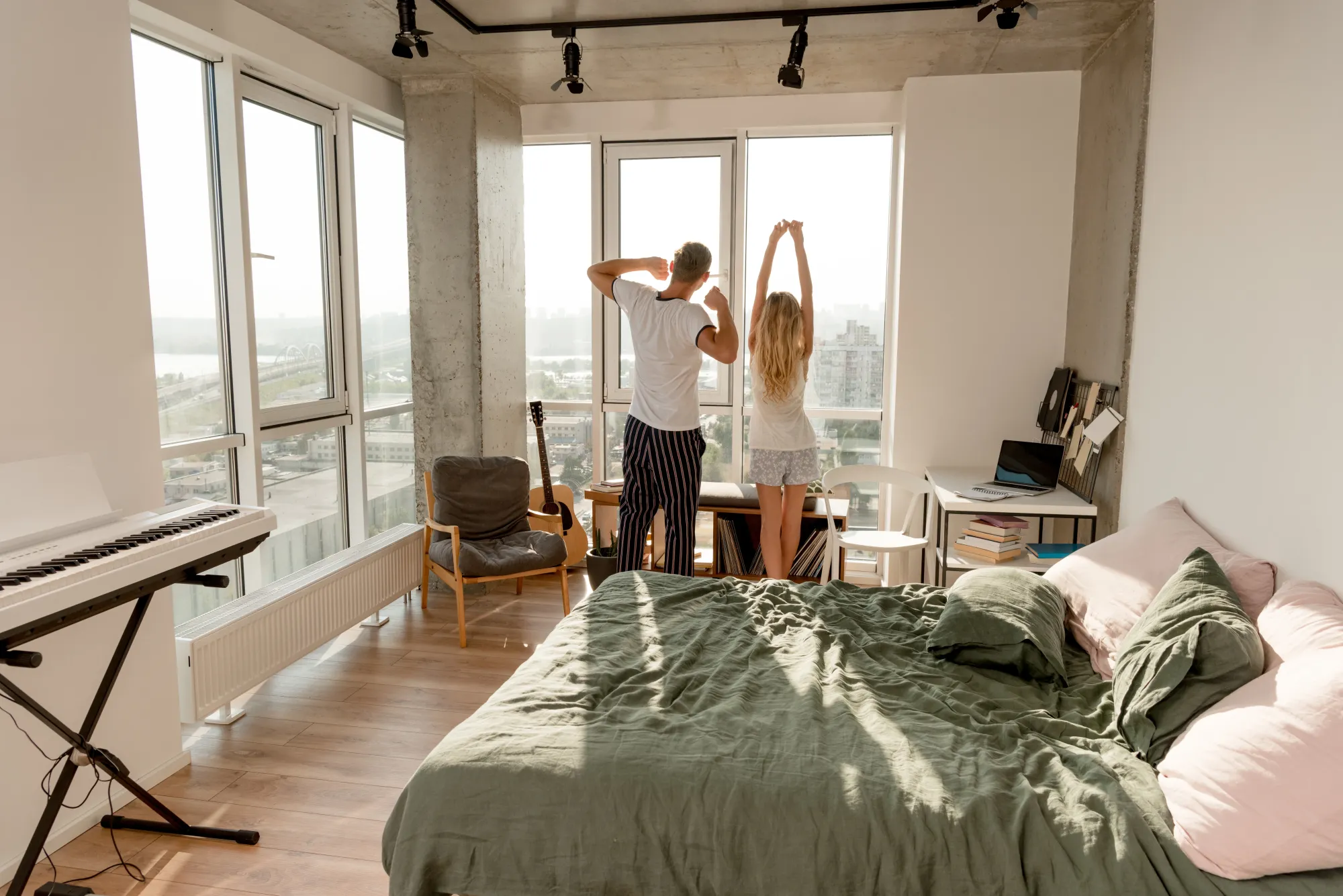Embracing Slow Living in the Digital Age: Leveraging Technology for Mindful Living
In this article, we explore how technology can be harnessed to cultivate mindfulness, foster connection, and enhance well-being in the digital age.


In a world characterized by constant connectivity and incessant busyness, the concept of slow living offers a compelling antidote to the frenetic pace of modern life. Contrary to the prevailing culture of speed and instant gratification, slow living advocates for a more deliberate, mindful approach to daily routines and experiences. Interestingly, technology, often associated with acceleration and efficiency, can also play a significant role in promoting a slower, more intentional lifestyle. In this article, we explore how technology can be harnessed to cultivate mindfulness, foster connection, and enhance well-being in the digital age.
Mindfulness Apps and Meditation Platforms
Technology has democratized access to mindfulness practices and meditation techniques, making them more accessible and convenient for individuals seeking to incorporate mindfulness into their daily lives. A plethora of mindfulness apps and meditation platforms, such as Headspace, Calm, and Insight Timer, offer guided meditation sessions, breathing exercises, and mindfulness practices that can be accessed anytime, anywhere, using smartphones or tablets. By leveraging technology to cultivate mindfulness, individuals can develop greater awareness, reduce stress, and cultivate a sense of presence in the midst of daily distractions and demands.
Digital Detox Tools and Screen Time Trackers
Paradoxically, technology itself can also facilitate digital detox and promote healthy boundaries around screen time and device usage. A growing number of apps and tools, such as Forest, Moment, and Freedom, enable users to track their screen time, set limits on app usage, and schedule periods of digital downtime. By proactively managing digital distractions and reclaiming time for offline pursuits, individuals can create space for rest, reflection, and meaningful connection with themselves and others.
Slow Tech and Minimalist Design
The principles of slow living are increasingly influencing the design and development of technology products and digital experiences. Concepts such as slow tech and minimalist design prioritize simplicity, usability, and user well-being over relentless innovation and feature bloat. Products like the Light Phone, designed for minimalistic communication, and digital wellness features integrated into operating systems like Apple's Screen Time, exemplify this shift towards more mindful and intentional technology that respects users' attention and autonomy.
Digital Sabbaticals and Unplugged Retreats
In addition to incorporating technology mindfully into daily routines, individuals can also benefit from periodic digital sabbaticals and unplugged retreats to recharge and reconnect with themselves and the natural world. Retreat centers and wellness resorts around the world offer programs and experiences designed to help participants disconnect from technology, immerse themselves in nature, and cultivate deeper connections with themselves and others. Technology can facilitate the planning and logistics of such retreats, while also serving as a tool for reflection and journaling during periods of digital detox.
Conclusion
In the digital age, the art of slow living offers a powerful antidote to the pervasive culture of speed and distraction. By leveraging technology mindfully, individuals can cultivate greater presence, connection, and well-being in their lives. From mindfulness apps and digital detox tools to slow tech and unplugged retreats, technology can be harnessed to support a more deliberate and intentional approach to living. Ultimately, embracing slow living in the digital age invites us to reclaim our time, attention, and humanity in a world that often seems to move too fast.